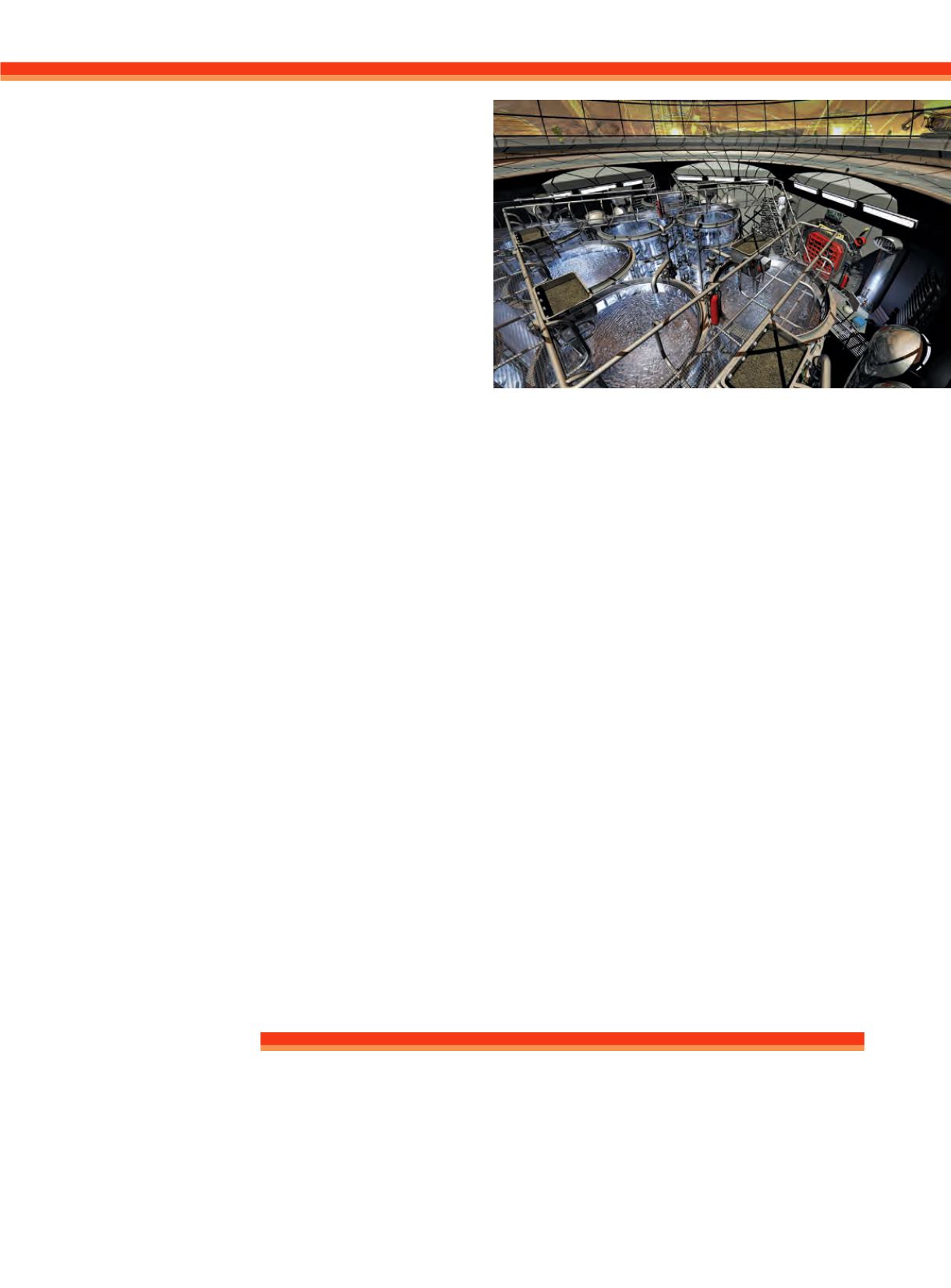
 ALERTDIVER.COM
ALERTDIVER.COM
|
85
read about, for example, the West Greenland cold-
water prawn fishery or the North Pacific albacore tuna
fishery, among dozens of others around the world.
“If you want to keep it simple, just look for the MSC
label,” Corsiglia said. “Or if you want to look under the
hood, there are public assessment reports for every fishery.
All the stakeholder comments are available publicly.”
“MSC has a staff of about 150 people working
around the globe to analyze government data and
assess fisheries,” he continued. “The group’s sustainable
fisheries standard was developed in the late-1990s with
input from industry, governments, nongovernmental
organizations (NGOs) and the science and academic
communities. The standard is also periodically
reviewed (with multiple stakeholders) as new science
emerges, and the latest update occurred two years ago.”
About 10 percent of the total global catch is MSC
certified. While in some regions it’s much higher (in
the U.S. Pacific Northwest, for instance, 83 percent of
the fisheries are certified), the developing world can
pose a challenge for the MSC — especially nations in
which the government doesn’t collect data on fisheries.
In these cases, the MSC tries to help. “We do a lot of
work with fisheries to help them find funding — both
charitable and government — to help them gather data,”
Corsiglia said.
CHANGES AFOOT INTERNATIONALLY
More than 85 percent of the fish and shellfish
Americans eat is imported, and a great deal of it comes
from Asia. A cascade of news reports about slavery and
other human rights violations in the fishing industry,
5
as well as growing concern about farming practices
and antibiotics use in China, Thailand and other parts
of Asia, have raised concern among some consumers
interested in fair and sustainable food.
While there has historically been a lack of transparency
about Asian seafood in the U.S., Seafood Watch’s Bigelow
and Voorhees can attest to some significant changes
on the horizon. While Bigelow says the vast majority
of Asian imports still fall into the red “avoid” category
in their seafood guides, a number of Asian companies
are expressing interest in reaching consumers who care
about how their fish is caught and raised.
“Those companies are coming to us for advice about
how to get out of the red and how to get into the
green,” he said. “In the beginning it was just [Seafood
Watch] talking to consumers, and now that has
shifted completely to where we are sitting down with
these governments to talk about how they can create
sustainable products.”
Voorhees has made several trips to Asia to consult
on best aquaculture practices, and he and other Seafood
Watch staff are working with a group called the Asian
Seafood Improvement Collaborative to broker a stronger
connection to Asian producers.
6
In the Thai shrimp
industry, for example, which was particularly hard-hit by
disease recently, Voorhees says he has seen “almost the
entire industry switching to a more closed-pond system”
in an act of self-preservation that will also cut down
significantly on pollution.
“We’re excited about where it’s going,” Bigelow
added. “We hope a lot of those industries are turning
the tide.”
AD
The aquaculture industry has grown rapidly in recent years, and its
growing pains (problems such as escapes, disease and pollution)
affected its reputation among ecologically minded consumers. Wild-
caught seafood, however, is not without its own problems, including
bycatch and diminishing stocks.
References
1. Consumer guides. Monterey Bay Aquarium Seafood Watch.
seafoodwatch.org/seafood-recommendations/consumer-guides2. Ocean acidification: the other carbon dioxide problem. National Oceanic and Atmospheric Administration.
pmel.noaa.gov/co2/story/
Ocean+Acidification
3. 1 in 5 seafood samples mislabeled worldwide, finds new Oceana report.
oceana.org/press-center/press-releases/1-5-seafood-samples-mislabeled-worldwide-finds-new-oceana-report
4. What we do. Marine Stewardship Council.
msc.org/about-us/what-we-do5. An AP investigation helps free slaves in the 21st century. Associated Press. March 24, 2015,–Sept. 8, 2016.
ap.org/explore/seafood-from-slaves6. Building consensus and strategies for sustainability in the Asian seafood industry. Asian Seafood Improvement Collaborative.
asicollaborative.
org/why-we-do-what-we-do/
ISTOCKPHOTO.COM
















